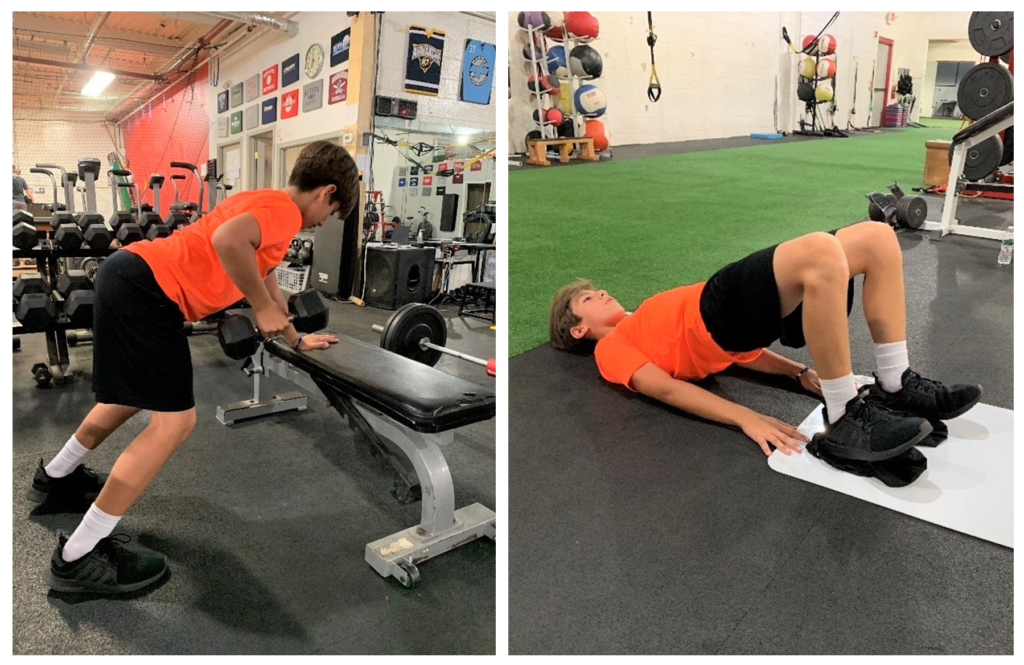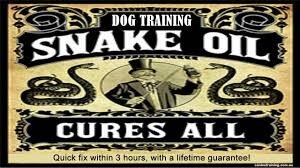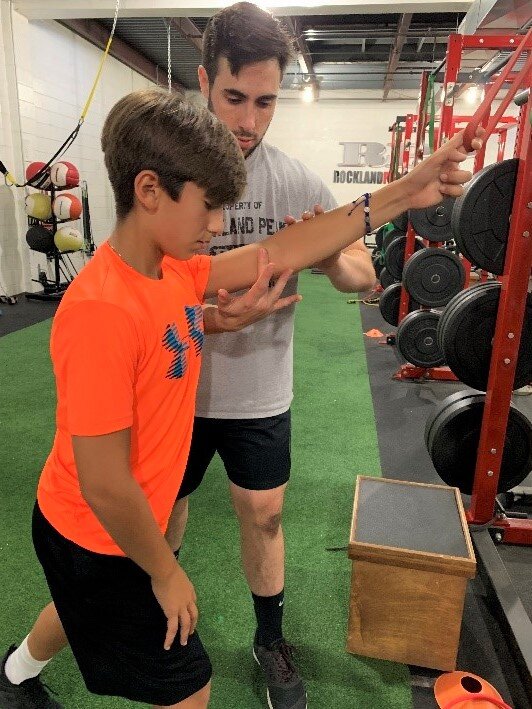
Some of my most rewarding experiences have come from watching young athletes get stronger, more athletic and honestly just crush it on the field. Strength is still the foundation of most athletic qualities; the best part is, it’s also the most trainable in the younger age groups. Youth baseball strength training should be a part of every athlete’s development and progression. And let me start this article by saying this:
Strength gains are attained in the weight room… Not inside the nets or on the baseball field.
We’re going to hit a number of topics, so here is a brief outline:
-
- The Epidemic
- Crawl Before You Learn to Walk
- Youth Training Myths
- Getting a Head Start
- Start Lifting… NOW!
- Summary
The Epidemic
The decline in strength and athleticism that I have seen in youth ages 13-16 coming in for their initial assessments in my facility in the past 10 years is alarming. These young athletes come in all shapes, sizes but most walk in looking like the classic “thin, string bean, gumby-type”. They usually struggle to perform elementary movements like squats, push-ups and lunges. And they are generally the same youth that are experiencing more extensive injuries such as Little League shoulder and bicep tendinitis.
While we’ve seen a lot of these issues because of excessive throwing, overuse and even some trauma, I can honestly say that I’ve NEVER seen one from strength training. As a matter of fact, to my knowledge, a growth plate fracture has not been reported in any published youth strength training study. In other words, violent and / or excessive throwing places much more stress on a young athlete’s bones than what we could possibly apply in a strength training setting, where the environment is controlled and carried out in a progressive manner.
As an adolescent athlete grows, his center of gravity moves further away from the ground and their core. This is why we see clumsiness in youth during their growth spurts both on and off the field. In this case, a good dose of youth baseball strength training can go a long way with respect to maintaining the center of gravity and ultimately creating a better base of support. In turn, this can make young athletes better at coming out of low positions such as foot strike on the mound or heel strike behind the plate.
Crawl Before You Learn to Walk
Youth with limited baselines of strength have no business working on more advanced change of direction drills or posting up or lead leg blocking until they’ve developed an adequate level of baseline strength. Any pitching / hitting coach that tells you they can fix a mechanical issue that is strength-based is selling you a bottle of snake oil.

Youth Training Myths
I’m often asked if the potential benefits of youth resistance training come at a risk. Unfortunately, these questions are fueled by obscured myths surrounding strength training. Here are five of the most common myths associated with strength training in youth:
-
- Myth #1: Strength training in youth will stunt the growth of children
- Myth #2: Strength training is unsafe for children
- Myth #3: Children cannot increase strength because they do not have enough Testosterone
- Myth #4: Strength training is only for older athletes
- Myth #5: The sport of weightlifting is inappropriate for youth
If you’d like to read more on these myths please feel free to click here (article titled “Youth Strength Training: Top 5 Myths” by Avery D. Faigenbaum, Ed.D.).
Getting a Head Start with Youth Training
Many parents ask if it is safe for their child to “lift weights” or want to know the “best age” for their child to start or state that “I don’t want him lifting heavy weights”. As a father, I can certainly appreciate these concerns. So, in response to the latter, your 13-year old isn’t strong enough to even lift heavy weights. The plus side is that not much weight is needed for young athletes to get stronger. Novice trainees can get stronger with as little as 50-60% of their 1-rep max. For a younger athlete, this might be exactly what he needs before they can effectively utilize more advanced training methods. Our youth training classes are designed for exactly this purpose.
Every young athlete should be able to hip hinge, squat, push, pull, carry, and perform single-leg movements in order to move on to more “advanced” movements and speed work. Just as important is the arm care that can be incorporated into their program at the same time. This includes getting back external/internal rotation and scapular control/stability.

For our youth, usually ages 13-15, it’s our job to develop and train a multitude of qualities, and because most of these young athletes only train with us anywhere from 2-4 hours a week, we have to fit a lot of information such as strength, speed, and movement into a small period of time. Spoon-feeding teenagers in order to prevent “mental-overload” is an art, so this is where finding a great facility comes into play.
Start Lifting… NOW!!
Athletes who participated in resistance training earlier (13-14 yrs. old) demonstrate reduced lower extremity deficits and ultimately better mechanics both on the field and behind the plate. The sooner we can give an athlete confidence in their ability to execute the necessary motor skills in the gym in order to safely build strength, move more efficiently, and perform on the field, the sooner they will take ownership of their own training and be able carry this ownership through their high school years and later. All youth should train with an eye towards long term development (click here more on this topic), but..
“Remember… athletes get really good at what they practice. That includes moving incorrectly.”
Summary
If appropriate exercise guidelines are followed when participating in a youth baseball strength training program, the risks associated with it are not greater than any other activity in which children and adolescents regularly participate in.
The key is to find a qualified facility, age-specific instruction and a safe training environment in order to reduce the risk of injury. Getting all these parameters in check will create favorable adaptations such as accelerated bone-growth, better length-tension relationships and in turn, better movement qualities on and off the field.
“If you build a foundation, it’s there for good” – Eric Cressey
See ya’ in the gym…
By Nunzio Signore (Owner at RPP Baseball)
Sources
-
- Avery Faigenbaum – “Youth strength training: Top 5 Myths”
- Eric Cressey – “Why we’re losing athleticism”
- John O’Neil – “Periodization for teen athletes”
- Ford KR, Myer GD, Hewett TE. – “Longitudinally decreased knee abduction and increased hamstrings strength in females with that self-reported resistance training.” Accepted to American College of Sports Medicine Annual Meeting; Denver, Colorado. 2011
You live too far to train with us in-house at RPP? You can now train with us on a REMOTE basis.


